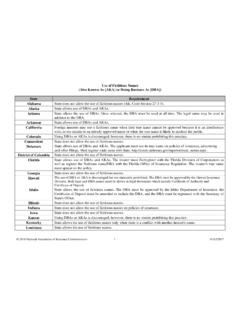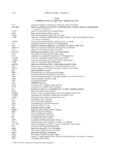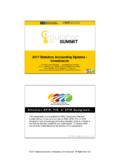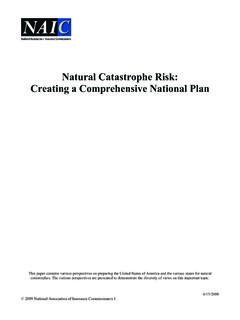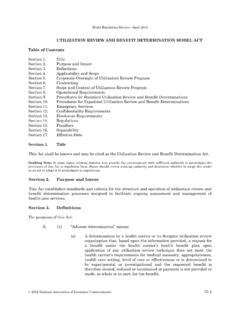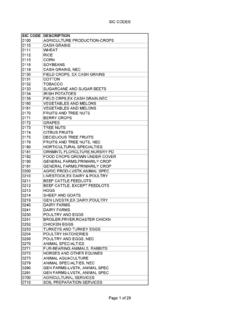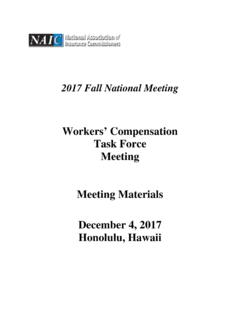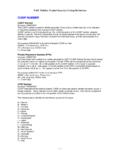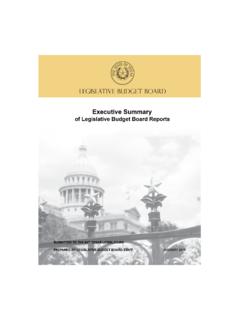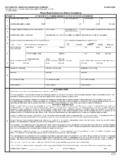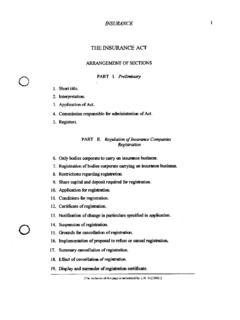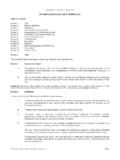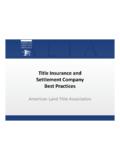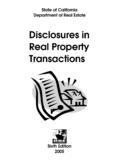Transcription of Title Escrow Theft Title Insurance Fraud - naic.org
1 Title Escrow Theft & Title Insurance FraudTitle Escrow Theft andTitle Insurance Fraud Adopted by Property and Casualty Insurance (C) Committee December 2013 Accounting & ReportingInformation about statutory accounting principles and the procedures necessary for fi ling fi nancial annual statements and conducting risk-based capital InformationImportant answers to common questions about auto, home, health and life Insurance as well as buyer s guides on annuities, long-term care Insurance and Medicare supplement Regulation Useful handbooks, compliance guides and reports on fi nancial analysis, company licensing, state audit requirements and collection of naic model laws, regulations and guidelines.
2 State laws on Insurance topics; and other regulatory guidance on antifraud and consumer RegulationRegulatory and industry guidance on market-related issues, including antifraud, product fi ling requirements, producer licensing and market ActivitiesNAIC member directories, in-depth reporting of state regulatory activities and offi cial historical records of naic national meetings and other more information about naic publications, view our online catalog at: Special StudiesStudies, reports, handbooks and regulatory research conducted by naic members on a variety of Insurance -related ReportsValuable and in-demand Insurance industry-wide statistical data for various lines of business, including auto, home, health and life ProductsGuidance manuals, handbooks, surveys and research on a wide variety of Markets & Investment AnalysisInformation regarding portfolio values and procedures for complying with naic reporting Papers Relevant studies, guidance and naic policy positions on a variety of Insurance topics.
3 2015 National Association of Insurance Commissioners. All rights in the United States of AmericaNo part of this book may be reproduced, stored in a retrieval system, or transmitted in any form or by any means, electronic or mechanical, including photocopying, recording, or any storage or retrieval system, without written permission from the Executive Offi ce444 North Capitol Street, NWSuite 700 Washington, DC 20001 Central Offi ce1100 Walnut StreetSuite 1500 Kansas City, MO Capital Markets& Investment Analysis Offi ceOne New York Plaza, Suite 4210 New York, NY naic is the authoritative source for Insurance industry information.
4 Our expert solutions support the efforts of regulators, insurers and researchers by providing detailed and comprehensive Insurance information. The naic offers a wide range of publications in the following categories: Table of Contents I. Introduction .. 4 Purpose and intended users .. 4 II. Overview of Fraudulent Actions .. 4 a. Background and Definition of the Problem .. 4 b. Types of Escrow Theft .. 5 c. Harm to Consumers .. 5 d. Harm to Title Underwriters .. 5 e. Related Concerns .. 6 III. Potential Tools and Methods to Address Escrow Theft .. 6 a. Considerations for Regulators.
5 6 1. Existing Title Insurance Model Laws and Regulations .. 6 2. Insurance Fraud Prevention Laws .. 7 3. Regulatory Agencies Establishment of Advisory Committees .. 7 4. Encouraging Reporting of Known and Suspected Cases .. 8 5. Consumer Education .. 8 6. Addressing Escrow Theft at the Licensing Stage .. 8 7. Minimum Capitalization and Other Requirements for Title Agents .. 9 8. Enhanced Regulatory Oversight .. 10 9. Communication between Regulators, Title Agents and Title Underwriters .. 10 10. Time Requirements for Policy Issuance and Policy and Premium Remittance .. 11 11. Good Funds Requirements.
6 11 12. Statutory or Regulator Required Independent Audits .. 11 13. Federal Real Estate Settlement Requirements .. 13 b. Considerations for Title Underwriters .. 13 1. Strict Requirements and Adherence to Underwriting Contracts .. 13 2. Title Underwriter Audits .. 14 c. Considerations for Title Agency and Closing Service 16 1. Addressing Escrow Theft during Active Business Operations .. 16 2. Establishing Title Agency Business Practices .. 16 3. Title Agency Owner Arranged Independent Annual Review .. 16 4. Software and Information Technology Solutions .. 17 5. Programs Sponsored by Industry Trade Organizations.
7 18 IV. Mitigating Escrow Theft Once a Theft Has Occurred .. 18 a. Closing Protection Letters .. 18 b. Title Underwriter Liability and Strict Liability .. 19 c. Establishing Escrow Theft Reserves .. 19 V. Conclusions/Recommendations .. 19 I. Introduction Purpose and intended users This white paper is intended to raise awareness of and to be available as a tool for regulators to research methods for combating and preventing Escrow Theft , Title Insurance premium Theft and other forms of Fraud associated with Title Insurance and closing services.
8 When reading this paper, it is important to recognize regional differences in the way Title Insurance and closing services are provided and regulated. There are few one-size-fits-all solutions for such a complex problem. Nor is there a single solution to the problem for any particular jurisdiction. Therefore, a variety of methods are identified. Where practical, this paper will attempt to discuss the merits as well as the shortcomings of each identified method. The availability of proprietary solutions such as software and systems approaches will also be discussed without identification of specific providers.
9 The ultimate goal of this paper is to recognize ways to identify and prevent Theft surrounding Title Insurance and closing service transactions. In doing so, regulators and the Title Insurance industry will ultimately provide enhanced consumer protection. The white paper is also available for use by the Title Insurance and closing services industry when evaluating their own enterprise risk management and auditing guidelines for combating Escrow and Title Insurance premium Theft . These problems cause consumer losses and a great deal of expense for Title underwriters in terms of claims, auditing, legal fees and mopping up resulting failed Title agencies.
10 In addition to direct monetary costs, the potential for reputational damage or insolvency is a major concern. Because of the unpredictability of the frequency and magnitude of these events, serious negative results to Title underwriters financial condition can result. The unnecessary and hopefully preventable expenses associated with mishandling of Title Insurance premium and closing funds are ultimately borne by customers in the form of higher Title Insurance premiums and closing costs. For purposes of this paper, Title underwriter means a Title insurer; Title Insurance agent means any person who solicits the policies and may perform Escrow or other closing services; and Escrow company and settlement service provider means any person or entity that performs Escrow or other closing services that is not a Title underwriter.
